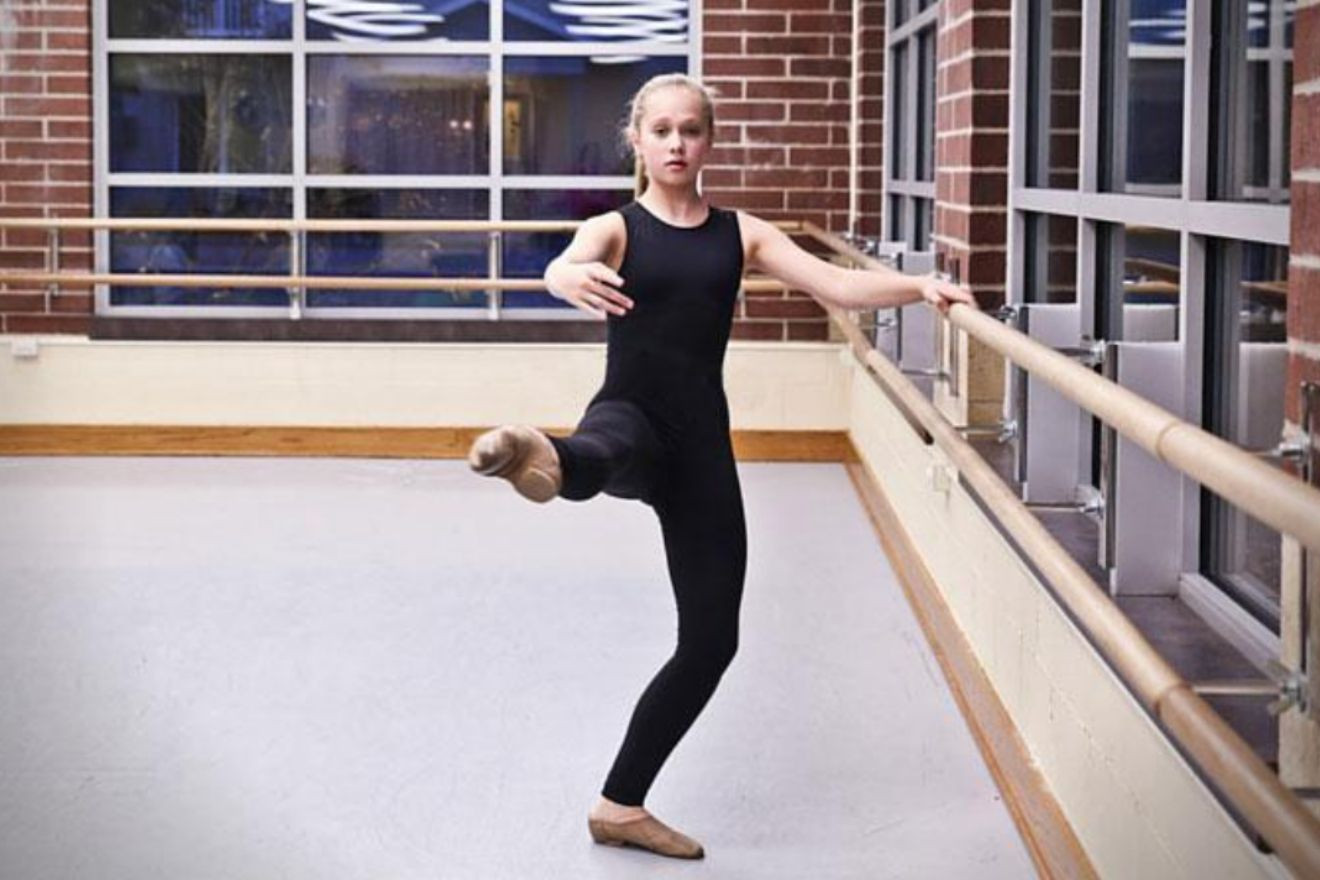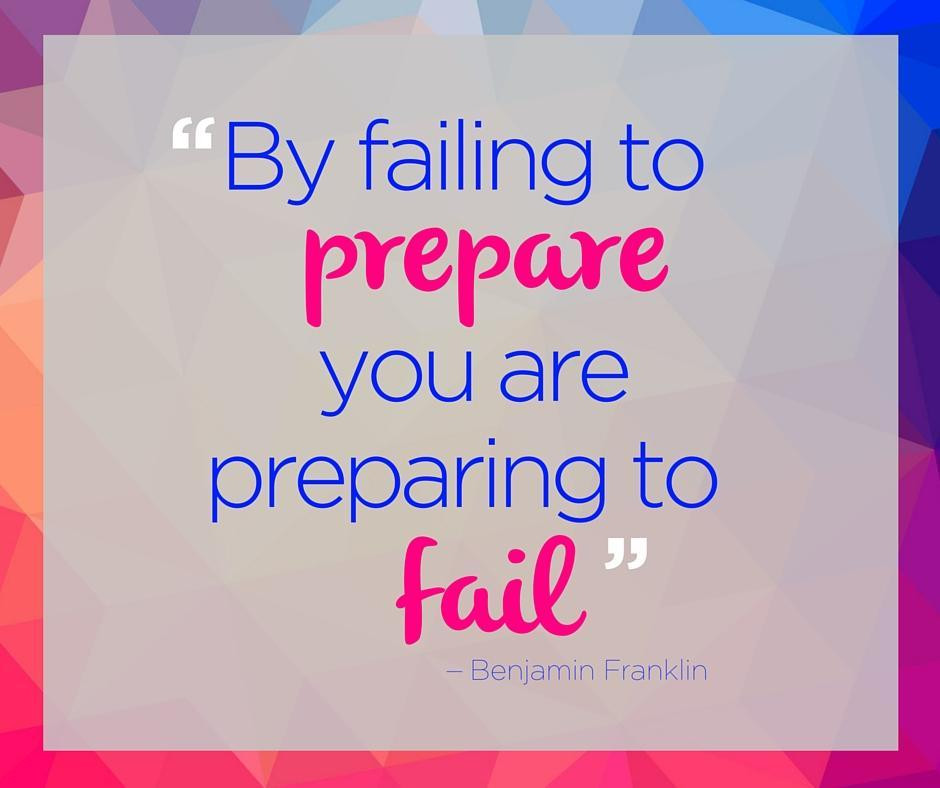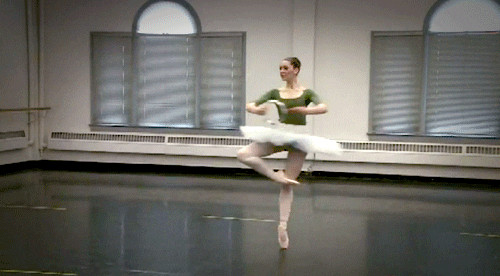Do you dream of executing flawless pirouettes and captivating fouettés? At ten-dance.com, we provide you with expert tips and techniques to improve your dance turns and help you achieve your dancing aspirations. Improve your spinning technique, perfect your pirouette preparation, and discover how to maintain balance while turning.
1. What is the Importance of a Solid Foundation in Dance Turns?
A solid foundation is crucial for mastering dance turns because it establishes proper technique, builds necessary strength, and minimizes the risk of developing bad habits. Without it, dancers are more prone to injuries and frustration. The Juilliard School emphasizes the importance of fundamental training in its dance curriculum, ensuring students have the necessary building blocks for advanced techniques, including complex turns.
1.1 Why is Mastering Basic Techniques Essential?
Mastering basic techniques is essential because they form the bedrock of more complex movements, and by extension, turns. A strong foundation in pliés, relevés, and core engagement sets the stage for balance and control during turns. Dancers with a solid technical base are better equipped to maintain alignment, preventing common errors such as wobbling or losing balance.
1.2 What Role Does Strength Training Play?
Strength training is vital as it develops the necessary muscle strength to support the body’s movements during turns. A strong core stabilizes the spine and pelvis, essential for maintaining a centered axis. Leg strength, particularly in the quadriceps and hamstrings, provides the power needed to initiate and sustain turns.
1.3 How Does Proper Alignment Contribute to Better Turns?
Proper alignment ensures the body’s weight is distributed evenly, reducing strain on joints and improving balance. Maintaining a straight line from head to toe minimizes unnecessary movements that can throw off a turn. Addressing alignment issues early can prevent bad habits that hinder progress.
 Ballerina demonstrating proper alignment for dance turns
Ballerina demonstrating proper alignment for dance turns
2. What are the Key Elements of Effective Practice for Dance Turns?
Effective practice involves focused repetition, mindful attention to technique, and a structured approach that gradually increases difficulty. Consistent, deliberate practice builds muscle memory and reinforces proper movement patterns, leading to smoother, more controlled turns. The American Ballet Theatre’s training program emphasizes the importance of structured practice, incorporating drills and exercises that build strength, coordination, and precision.
2.1 Why Should Practice Begin at the Barre?
Starting at the barre allows dancers to focus on technique without the added challenge of balancing in the center. The barre provides support, enabling dancers to isolate specific muscle groups and refine their alignment. This controlled environment helps build a solid foundation before attempting more complex movements.
2.2 How Does Muscle Memory Improve Turns?
Muscle memory develops through repeated practice, enabling the body to perform movements automatically. When dancers consistently practice the correct technique, their muscles learn the necessary patterns, reducing the need for conscious thought during turns. This automaticity allows dancers to focus on artistry and expression.
2.3 Why is Concentrated Practice Important?
Concentrated practice involves paying close attention to every aspect of a turn, from the initial preparation to the final landing. By focusing on specific elements such as spotting, core engagement, and arm placement, dancers can identify and correct errors more effectively. This mindful approach accelerates learning and enhances overall performance.
 Dance practice turns, ballerina in class
Dance practice turns, ballerina in class
3. How to Properly Prepare for Dance Turns?
Proper preparation for dance turns involves a series of coordinated movements that set the stage for a successful rotation. These include finding your spot, engaging your core, utilizing a plié, relaxing your shoulders, and maintaining breath control. A well-executed preparation ensures balance, stability, and momentum throughout the turn. Renowned choreographer Twyla Tharp emphasizes the importance of meticulous preparation in her work, noting that a strong setup is essential for executing complex movements with confidence and precision.
3.1 What is the Role of Spotting?
Spotting is a technique that helps dancers maintain their orientation and prevent dizziness during turns. By fixing their gaze on a specific point and quickly snapping their head around, dancers minimize the disorienting effects of rotation. Effective spotting also improves balance and coordination, allowing for smoother, more controlled turns.
3.2 Why is Core Engagement Essential?
Core engagement stabilizes the spine and pelvis, providing a solid foundation for turns. A strong core prevents excessive swaying and wobbling, ensuring the body remains centered over its axis. Engaging the core also improves posture and alignment, contributing to a more graceful and efficient turn.
3.3 How Does Plié Contribute to Turns?
Plié is a bending of the knees that provides the necessary spring and momentum to initiate a turn. A deep plié allows dancers to generate power from their legs, propelling them into the rotation with greater ease and control. The plié also acts as a shock absorber upon landing, reducing strain on the joints.
 Dance turn preparation
Dance turn preparation
4. What is the Importance of Spotting in Dance Turns?
Spotting is crucial for maintaining balance, preventing dizziness, and enhancing control during dance turns. It involves focusing on a fixed point in front of you and quickly snapping your head around to maintain visual orientation. Without proper spotting, dancers are more likely to lose their balance and become disoriented. According to research from the American Academy of Sports Medicine, spotting improves spatial awareness and reduces the risk of falls by up to 30% in rotational movements.
4.1 Why Does Spotting Prevent Dizziness?
Spotting prevents dizziness by minimizing the effects of rotational acceleration on the inner ear. The inner ear contains fluid-filled canals that sense movement and help maintain balance. During turns, this fluid can become disrupted, leading to dizziness. Spotting helps stabilize the visual field, reducing the sensory conflict that causes disorientation.
4.2 How Can Post-it Notes Help with Spotting?
Placing a Post-it note or brightly colored tape on the mirror can serve as a visual aid for improving spotting technique. By focusing on the Post-it note as their spotting point, dancers can train their eyes to quickly locate and maintain their focus. This exercise helps develop the necessary muscle memory and coordination for effective spotting.
4.3 Why Revisit Basic Turns for Spotting?
Returning to basic turns like chainés provides an opportunity to refine spotting technique without the added complexity of more advanced movements. Chainés involve continuous, rapid turns that require precise spotting to maintain balance and control. Practicing spotting in chainés builds a solid foundation for spotting in more challenging turns.
 Female ballet dancer performing pirouette dance turns
Female ballet dancer performing pirouette dance turns
5. How Do Arms Influence Dance Turns?
The arms play a significant role in dance turns, influencing balance, momentum, and overall control. When used correctly, the arms can enhance a turn, providing additional power and stability. Conversely, incorrect arm placement can disrupt balance and hinder the turn. Suzanne Farrell, a renowned ballerina, emphasizes the importance of arm coordination in her teachings, noting that proper arm placement is essential for achieving effortless turns.
5.1 What is the Connection Between Arms and Back Muscles?
Connecting the arms with the back muscles creates a sense of unity and control throughout the upper body. Engaging the back muscles stabilizes the shoulder girdle, preventing the arms from flailing or pulling the body off-center. This connection allows dancers to maintain a more stable and balanced axis during turns.
5.2 How Do Controlled Arm Movements Help?
Controlled arm movements help maintain balance and momentum during turns. By holding the arms in a consistent position, dancers can minimize unnecessary movements that can throw off their center. Intentional arm movements also contribute to the aesthetic appeal of the turn, enhancing its overall elegance and grace.
5.3 Why Avoid Using Arms to “Wind Up” Turns?
Using the arms to “wind up” a turn can create tension and disrupt the body’s alignment. Instead of generating momentum through forceful arm movements, dancers should rely on their core strength and leg power to initiate the turn. This approach promotes a more efficient and controlled rotation, minimizing the risk of injury.
6. What are the Common Types of Dance Turns?
Dance turns encompass a wide variety of styles and techniques, each requiring specific skills and coordination. Common types of turns include pirouettes, chainés, fouettés, and piqué turns, each offering unique challenges and opportunities for artistic expression.
6.1 Pirouette
A pirouette is a classical ballet turn performed on one leg, with the other leg held in a specific position, such as retiré or attitude. Pirouettes require precise alignment, strong core engagement, and effective spotting to maintain balance and control.
6.2 Chaînés
Chaînés are rapid, continuous turns performed on alternating feet, creating a chain-like effect. These turns demand quick footwork, precise spotting, and consistent momentum to maintain a smooth and flowing sequence.
6.3 Fouetté
A fouetté is a challenging ballet turn that involves whipping one leg out to the side and then bringing it back to the knee while turning on the supporting leg. Fouettés require exceptional strength, coordination, and control to execute with precision and grace.
6.4 Piqué Turn
A piqué turn is initiated by stepping directly onto the point or demi-pointe of one foot and turning while the other leg is held in a specific position. Piqué turns require precise foot placement, strong ankle stability, and effective spotting to maintain balance and control.
7. What are the Benefits of Dance Turns?
Dance turns offer numerous physical, mental, and emotional benefits, making them a valuable component of dance training. Improved balance, coordination, and spatial awareness are just a few of the advantages that come with mastering dance turns.
7.1 Physical Benefits
Dance turns enhance overall physical fitness by improving cardiovascular health, increasing muscle strength and endurance, and promoting flexibility. The repetitive movements involved in turns also help improve coordination and body awareness.
7.2 Mental Benefits
Learning and perfecting dance turns challenges the mind, improving focus, concentration, and memory. The mental discipline required for mastering complex turns also enhances cognitive function and problem-solving skills.
7.3 Emotional Benefits
Successfully executing a challenging dance turn can boost self-confidence and provide a sense of accomplishment. The emotional expression involved in dance turns also allows dancers to connect with their emotions and communicate them through movement.
8. How to Avoid Common Mistakes in Dance Turns?
Avoiding common mistakes is essential for improving dance turns and preventing injuries. Common errors include incorrect alignment, poor spotting technique, inadequate core engagement, and improper arm placement.
8.1 Incorrect Alignment
Incorrect alignment can lead to imbalance and instability during turns. Maintaining a straight line from head to toe is crucial for distributing weight evenly and preventing unnecessary strain on the joints.
8.2 Poor Spotting Technique
Poor spotting technique can result in dizziness and disorientation, making it difficult to maintain balance and control. Practicing spotting regularly and focusing on a fixed point can improve spotting effectiveness.
8.3 Inadequate Core Engagement
Inadequate core engagement can compromise stability and control during turns. Engaging the core muscles stabilizes the spine and pelvis, providing a solid foundation for rotation.
8.4 Improper Arm Placement
Improper arm placement can disrupt balance and hinder the turn. Holding the arms in a consistent position and coordinating their movements with the rest of the body can improve overall turn quality.
9. How Can ten-dance.com Enhance My Dance Turn Training?
ten-dance.com offers a wealth of resources to enhance your dance turn training, including expert tutorials, personalized feedback, and a supportive community. Our platform provides access to a wide range of dance styles and techniques, allowing you to explore and develop your skills at your own pace.
9.1 Expert Tutorials
Our expert tutorials provide step-by-step guidance on mastering various dance turns, from basic pirouettes to advanced fouettés. These tutorials feature detailed explanations, demonstrations, and tips from experienced dance instructors.
9.2 Personalized Feedback
Our personalized feedback service allows you to submit videos of your dance turns and receive constructive criticism from our expert instructors. This feedback helps you identify areas for improvement and refine your technique.
9.3 Supportive Community
Our supportive community provides a platform for connecting with other dancers, sharing tips and advice, and receiving encouragement. This community fosters a collaborative learning environment where dancers can support each other’s growth and development.
10. What are Some Advanced Techniques for Dance Turns?
Advanced techniques for dance turns involve mastering complex combinations, incorporating stylistic variations, and exploring improvisation. These techniques require a high level of skill, coordination, and creativity.
10.1 Complex Combinations
Mastering complex combinations involves linking multiple turns together in a seamless sequence. This requires precise timing, coordination, and stamina to maintain balance and control throughout the combination.
10.2 Stylistic Variations
Incorporating stylistic variations involves adapting turns to different dance styles, such as jazz, contemporary, or hip-hop. This requires understanding the unique characteristics of each style and modifying turn technique accordingly.
10.3 Improvisation
Improvisation involves creating spontaneous and original turn sequences, allowing dancers to express their creativity and individuality. This requires a deep understanding of turn technique and the ability to adapt to unexpected changes in music or movement.
Ready to take your dance turns to the next level? Visit ten-dance.com today to explore our comprehensive resources, connect with our supportive community, and start your journey toward mastering the art of dance turns. Address: 60 Lincoln Center Plaza, New York, NY 10023, United States. Phone: +1 (212) 769-7000. Website: ten-dance.com.
FAQ: Mastering the Art of Dance Turns
1. What is the most important factor in improving dance turns?
The most important factor is consistent, focused practice with attention to proper technique.
2. How often should I practice turns to see improvement?
Aim for at least 3-4 practice sessions per week, focusing on quality over quantity.
3. What is the best way to prevent dizziness during turns?
Spotting is the best way to prevent dizziness; focus on a fixed point and quickly snap your head around.
4. What role does core strength play in dance turns?
Core strength stabilizes the spine and pelvis, providing a solid foundation for balance and control.
5. How can I improve my balance for turns?
Practice balance exercises, such as standing on one leg and using a balance board, to improve stability.
6. What are common mistakes to avoid when practicing turns?
Avoid incorrect alignment, poor spotting technique, and inadequate core engagement.
7. How can a dance teacher help improve my turns?
A teacher can provide personalized feedback, correct technique errors, and guide you through progressions.
8. What is the ideal warm-up before practicing turns?
Include exercises that increase blood flow, warm up muscles, and improve flexibility.
9. Can cross-training activities improve my dance turns?
Yes, activities like Pilates and yoga can improve core strength, balance, and flexibility, enhancing your turns.
10. How can I stay motivated to improve my dance turns?
Set realistic goals, track your progress, celebrate achievements, and find a supportive dance community.


